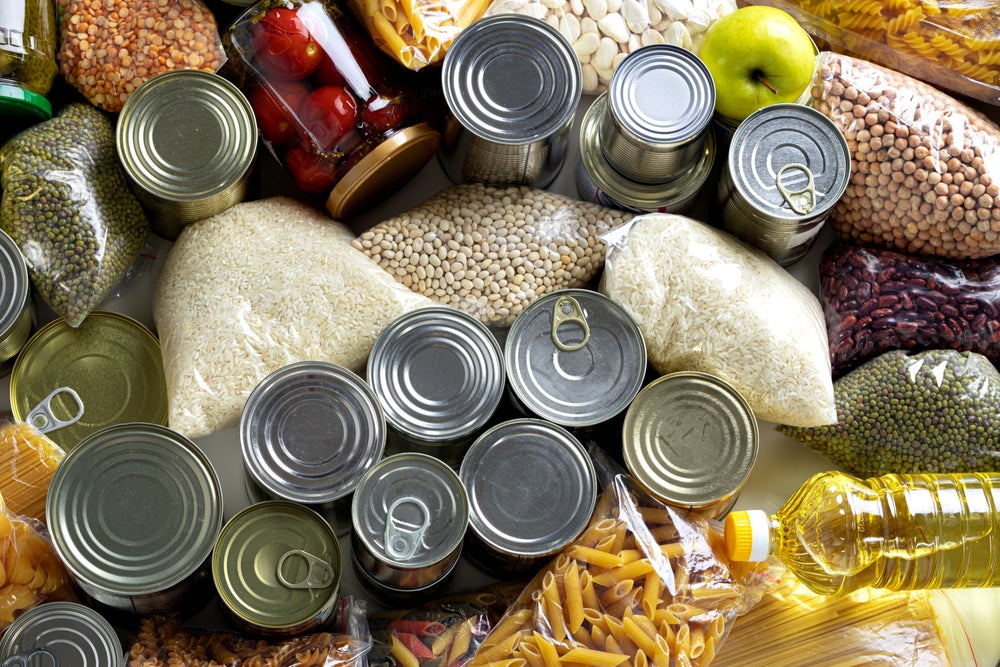
Food waste is a significant challenge, with damaged produce and miscalculated portion sizes contributing to the problem. However, there’s good news: innovative packaging can be a game-changer in minimising food waste.
Circular packaging concepts, including improved design and new materials, play a crucial role in enhancing sustainability and protecting food.
Let’s delve into the key areas driving this positive change.
Advanced materials: boosting fibre-based packaging
One promising avenue is the use of advanced and next-generation materials. Fibre-based packaging, with its renewable and recyclable properties, has gained recognition.
However, it faces limitations for certain food applications. Enter the dynamic duo of barrier coatings and paperboard, offering a solution that extends the capabilities of fibre-based packaging.
These enhanced packages provide crucial benefits, such as sealability, light protection, moisture resistance, and aroma and gas barriers. These features are essential in preventing food spoilage and waste.
Notably, today’s barrier boards strike a balance, ensuring food safety while minimising the use of plastic in packaging—a significant step toward sustainable food packaging.
Innovations in barrier technology have led to offerings like dispersion-coated Tambrite Aqua+, a more recyclable and circular option.
Additionally, biobased and compostable alternatives are emerging, providing environmentally friendly choices for conscious consumers.
Packaging design: shaping the future
Packaging design is evolving rapidly, aiming for greater convenience, safety, and minimised material usage. The winners of this year’s Recreate Packaging design competition hosted by Stora Enso showcase inspiring concepts that point toward the future of packaging design.
Notable examples include “The Ketchup Bellow,” a squeezable fibre-based ketchup container, and “Endless Pastability,” a spaghetti box with built-in portioning.
These innovative designs not only reduce food waste but also minimise the environmental impact by using fibre-based materials. “Herb:CUBE,” a self-watering herb package, exemplifies how creativity in design can contribute to sustainability.
By exploring such designs, we witness the potential of fiber-based packaging in reimagining the future of food packaging and addressing the waste challenge head-on.
Recycled fibre: closing the loop
The journey doesn’t end once the package has served its purpose. In a truly circular economy, the focus shifts to retaining the value of materials for as long as possible.
This emphasises the importance of packaging being suited for recycling.
Remarkable progress is evident in recycling infrastructure and technology, as seen in the new beverage carton recycling line at the Ostroleka, Poland site. This development highlights how collaboration and strategic investments can advance food packaging circularity on a larger scale.
Looking ahead, the goal is to enable the use of recycled fibres across all product lines. This ambitious target requires collaboration with legislators, customers, and increased investment in infrastructure.
Staying committed to being part of the solution, this approach aims to create a sustainable loop where packaging materials contribute to a circular economy.
Designing for a sustainable future
Brand owners and retailers now seek packaging solutions that go beyond merely holding products. They expect low climate impact, circularity, and safety guarantees.
The optimistic outlook stems from witnessing the synergy of functionality and circularity when design and innovation align.
By adopting circular packaging concepts, we not only address the pressing issue of food waste but also contribute to a more sustainable and environmentally conscious future.
As advancements continue and collaborative efforts intensify, the potential for reducing food waste through packaging innovations becomes increasingly promising.



